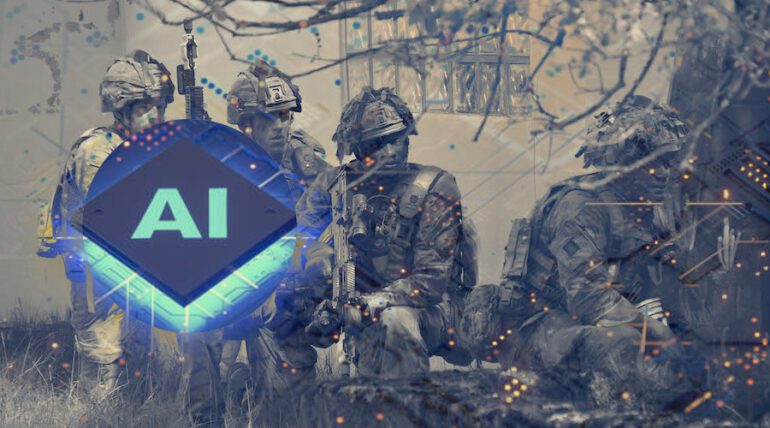TL;DR:
- OpenAI has quietly updated its usage policy to remove explicit restrictions on military and warfare applications.
- The change in policy wording was noticed by The Intercept and took effect on January 10.
- OpenAI’s policy adjustments are in response to the public release of user-customizable GPTs and a new monetization policy.
- The removal of the “military and warfare” prohibition marks a significant shift in OpenAI’s approach, allowing for a broader interpretation of acceptable use.
- OpenAI maintains a clear ban on the development and use of weapons, separate from the “military and warfare” category.
- The military encompasses various non-combat activities, offering potential business opportunities for OpenAI in research, investment, and infrastructure support.
Main AI News:
In a surprising update to its usage policy, OpenAI has quietly altered its stance on the applicability of its technologies to military contexts. Previously, OpenAI strictly prohibited the utilization of its products for “military and warfare” purposes, but recent changes in their policy wording have removed this explicit restriction, raising questions about their willingness to engage with military applications.
The Intercept was quick to spot this revision, which seems to have taken effect on January 10. In the world of technology, alterations to policy language occur fairly regularly to adapt to evolving product landscapes, and OpenAI is evidently no exception. The recent announcement of their user-customizable GPTs going public, along with a somewhat vague monetization policy, likely necessitated these policy modifications.
However, it’s important to note that this change in the military usage policy is far from trivial. It’s not merely a matter of making the policy “clearer” or “more readable,” as OpenAI’s statement suggests. This represents a substantial shift in the company’s stance, providing more latitude for the interpretation of practices that were once explicitly forbidden. OpenAI now opts for broader, generalized guidelines rather than a strict list of prohibited actions.
OpenAI spokesperson Niko Felix clarified that there still exists an unequivocal ban on the development and use of weapons, a category distinct from “military and warfare.” The military’s scope extends beyond weaponry, encompassing a wide array of research, investments, small business initiatives, and infrastructure projects. It’s precisely in these areas where OpenAI may be exploring new business opportunities.
OpenAI’s GPT platforms could prove invaluable to various military endeavors, such as assisting army engineers in summarizing extensive documentation related to a region’s water infrastructure. Companies often grapple with defining their relationship with government and military funding, and this shift in OpenAI’s stance indicates a potential willingness to engage with military customers.
While the complete removal of “military and warfare” from the list of prohibited uses leaves room for interpretation, it’s evident that OpenAI is at least open to serving military interests. When questioned about this change, OpenAI’s response—or lack thereof—will undoubtedly provide further insights into their evolving strategic direction in this complex landscape.
Conclusion:
OpenAI’s policy shift towards military applications indicates a strategic pivot towards expanding its market presence. By removing the explicit prohibition on military use, the company is signaling its willingness to engage with military customers and explore opportunities beyond traditional civilian applications. This move may position OpenAI to tap into the defense sector, offering its advanced technologies for non-combat tasks, potentially paving the way for lucrative partnerships and contracts in this domain.

